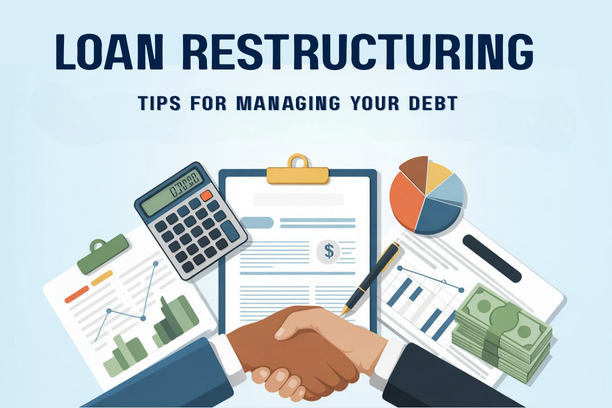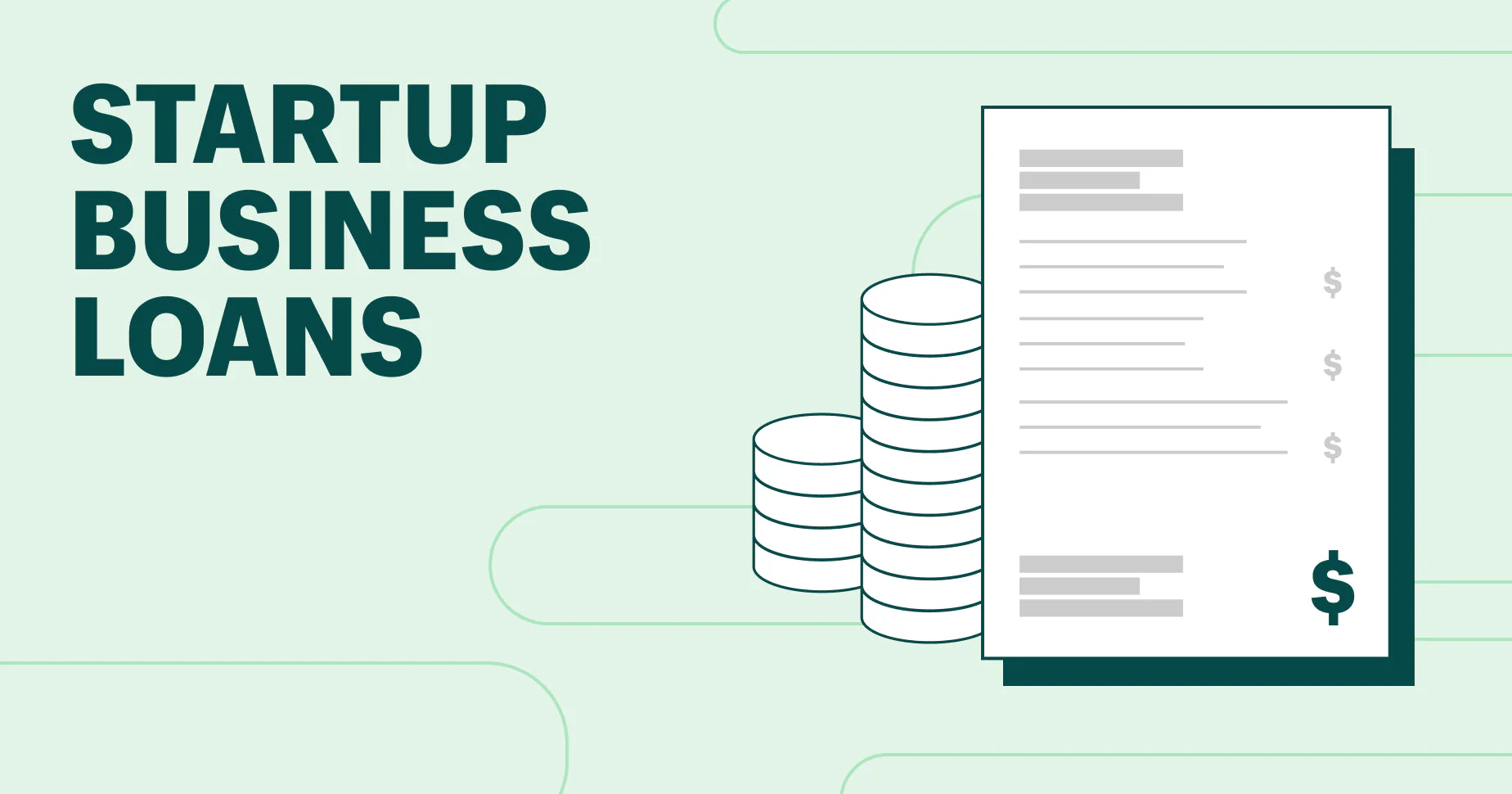Choosing a home loan is one of the most critical financial decisions you will make. While securing a loan from a reputable institution is a great first step, the real work begins when you start comparing home loan rates from major banks to find the one that offers the best value. In the Philippines, the market is competitive, with major players like BDO, BPI, Metrobank, and UnionBank offering a variety of loan products. However, a simple comparison of the headline interest rate is not enough. This guide will provide you with a comprehensive framework for comparing home loan offers, detailing the rates from key banks in 2025, explaining the hidden costs, and empowering you to make a financially sound decision that saves you money over the long term.
1. Beyond the Rate: The True Cost of Your Loan
The first number you see when a bank quotes you a home loan is the nominal interest rate. While it is an important figure, it does not tell the whole story. To truly understand the cost of a loan, you must look beyond this single number and consider other crucial factors.
Nominal vs. Effective Interest Rate (EIR): The Critical Distinction
Understanding the difference between the nominal rate and the Effective Interest Rate (EIR) is the most critical part of comparing home loan rates from major banks.
- Nominal Interest Rate: This is the basic, stated annual interest rate on the loan. For example, a bank might advertise a home loan with a 6.75% nominal interest rate fixed for 5 years. This rate is a good starting point, but it doesn’t account for the impact of compounding. Since home loan interest in the Philippines is compounded monthly, the actual cost of borrowing is slightly higher than the nominal rate suggests.
- Effective Interest Rate (EIR): The EIR, also known as the Annual Percentage Rate (APR), is a more accurate representation of the total cost of borrowing over a year. It takes into account the nominal rate and the effect of monthly compounding. By law, banks are required to disclose the EIR to borrowers. For example, a loan with a 6.75% nominal rate compounded monthly might have an EIR of around 7.20% or more, depending on other fees. When comparing home loan rates from major banks, always ask for the EIR, as this allows for an “apples-to-apples” comparison of the true cost of each loan offer. A lower EIR is always a better deal.
The Hidden Costs That Affect Your Total Loan Amount
Beyond the interest rate, a home loan comes with a variety of fees and charges that can add a significant amount to your initial out-of-pocket expenses and the total cost of your loan. Failing to factor these in can lead to a miscalculation of your budget.

- Appraisal Fee: A one-time fee paid to the bank to assess the fair market value of the property. This fee typically ranges from PHP 3,000 to PHP 5,000, depending on the location of the property. Some banks offer promotions that waive this fee.
- Processing Fee: A charge for processing your loan application. This can be a fixed amount (e.g., PHP 5,000) or a percentage of the loan amount.
- Documentary Stamp Tax (DST): A government tax on loan documents, calculated at PHP 1.50 for every PHP 200 of the loan amount. This is a significant and mandatory cost that can’t be avoided.
- Mortgage Redemption Insurance (MRI): A mandatory insurance policy that pays off your outstanding loan balance in case of death or permanent disability. The premium depends on your age, loan amount, and loan term.
- Fire/Property Insurance: Also mandatory, this insurance protects the property from damage due to fire and other perils. The premium is typically paid annually.
- Registration Fees and Transfer Taxes: These are not bank-specific fees but are crucial for the homebuying process. They cover the cost of transferring the property title and registering the mortgage and can be a substantial amount, often 0.5% to 1.5% of the property’s value.
When comparing home loan rates from major banks, ask for a complete breakdown of all these fees, as they can heavily influence your decision. A loan with a slightly higher interest rate but lower fees might sometimes be a better deal than one with a lower rate but high upfront charges.
2. A Snapshot of the Market: Comparing Home Loan Rates from Major Banks
Let’s take a look at the landscape of home loan rates in the Philippines in 2025. It’s important to note that these rates are indicative and can change based on market conditions, promotions, and a borrower’s credit profile. You should always get a personalized quote for the most accurate information.
Rates from Major Universal Banks (2025)
The major universal banks in the Philippines compete for market share by offering various fixed-rate terms. Fixed rates provide stability, as your monthly payments for the principal and interest will not change during the fixed-rate period.
- BDO Unibank: As the largest bank, BDO offers a wide range of loan products with competitive rates. Their fixed-rate terms typically range from 1 to 20 years. In 2025, their rates for a 5-year fixed term are often among the most competitive in the market, hovering around 6.75% to 7.00% per annum, depending on the property and the borrower’s profile. BDO is known for its extensive network and seamless application process for a variety of borrowers, including OFWs.
- Bank of the Philippine Islands (BPI): BPI is another market leader known for its reliable service and a robust home loan portfolio. Their rates in 2025 are also very competitive, often in a similar range to BDO, with a 5-year fixed rate possibly starting at 6.95% or higher. BPI is recognized for its strong digital platforms and special rate discounts for its premium “NEXT” clients, making them a good option if you have an existing relationship with the bank.
- Metrobank: Metrobank frequently offers promo rates that can be very attractive to new borrowers. Their “Holideals” or other similar promos in 2025 might feature rates as low as 6.50% p.a. for a 3-year fixed term, with a minimum loan amount of PHP 1 million. However, these promotional rates often come with specific lock-in conditions, such as a longer minimum loan term.
- UnionBank: As a digitally-forward bank, UnionBank offers an online-friendly application process for its home loans. While their rates might be slightly higher than the market leaders for a standard loan, their focus on technology and a streamlined experience is a major draw for many borrowers.
When comparing home loan rates from major banks, it’s crucial to consider the fixed-rate period. A longer fixed-rate period (e.g., 10 or 15 years) offers greater long-term predictability but usually comes with a higher interest rate than a shorter fixed term (e.g., 1 or 3 years).
The Pag-IBIG Fund: A Benchmark for Affordability
No discussion about home loans in the Philippines is complete without mentioning the Pag-IBIG Fund. As a government-mandated provident fund, its primary goal is to provide affordable housing to its members.
- Subsidized and Lower Rates: Pag-IBIG’s interest rates are consistently subsidized and significantly lower than those offered by commercial banks. For example, in 2025, their rates are likely to be several percentage points lower than the banks, with their 3-year fixed rate often starting at around 6.00% p.a. or even lower for specific programs.
- Longest Loan Term: Pag-IBIG offers a maximum loan term of up to 30 years, providing the lowest possible monthly amortization for a given loan amount.
- Broad Accessibility: Its membership-based model makes it accessible to a wide range of Filipinos, including minimum-wage earners, who might not meet the strict eligibility criteria of commercial banks.
While commercial banks offer greater flexibility in terms of loan amount and a potentially faster application process, Pag-IBIG remains the most affordable benchmark for comparing home loan rates from major banks.
3. The Practical Steps to a Successful Comparison
Comparing home loan rates from major banks requires a systematic and practical approach. You must do your homework and engage with the lenders directly to get the most accurate information.
)
A Step-by-Step Guide to Getting Loan Quotations
To ensure a fair and comprehensive comparison, follow these steps:
- Prepare Your Documents: Have your income documents (e.g., ITR, COE, payslips) and property details (e.g., TCT, Tax Declaration) ready. While you’re not yet applying, having these documents will help the loan officer give you a more accurate pre-qualification or quotation.
- Get Quotes from Multiple Lenders: Visit or contact at least three different banks and the Pag-IBIG Fund. Request a detailed loan quotation that includes the following:
- The nominal interest rate and the fixed-rate period.
- The Effective Interest Rate (EIR).
- The complete breakdown of all fees and charges, including processing fees, DST, appraisal fees, and insurance premiums.
- The projected monthly amortization and the total interest paid over the loan term.
- Ask the Right Questions: Don’t be afraid to ask for clarity. Ask about prepayment penalties, repricing after the fixed-rate term, and any hidden fees. Inquire about special promotions or waived fees that might apply to you. Ask about the turnaround time for approval and the requirements for disbursement.
By taking these steps, you will have a clear and comprehensive set of offers to compare.
Using an Amortization Calculator for a Fair Comparison
Once you have your loan quotations, use an amortization calculator to see the real impact of each offer.
- Plug in Consistent Variables: Use the same loan amount, loan term, and down payment for each calculation. This will ensure that your comparison is fair.
- Focus on Total Cost: Don’t just look at the monthly amortization. Calculate the total payments over the life of the loan (monthly amortization × total number of payments) and subtract the principal amount to find the total interest paid. A loan with a slightly lower monthly payment might end up costing you more in the long run if its interest rate is higher.
- Consider the “All-in” Costs: Add all the upfront fees and charges to the total interest paid to get a true picture of the total cost of the loan. This comprehensive approach is essential for a smart decision.
Conclusion
Comparing home loan rates from major banks is a crucial and empowering step in your homeownership journey. While the nominal interest rate is the first thing that catches your eye, a wise borrower looks deeper. By prioritizing the Effective Interest Rate (EIR), accounting for all fees and charges, and thoroughly evaluating offers from multiple lenders, including the Pag-IBIG Fund, you can find the loan that provides the best value. This diligent comparison will not only save you money but also ensure that your financial foundation for the next several decades is as solid as your new home.













